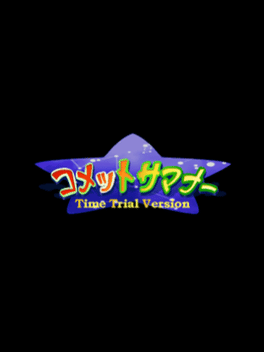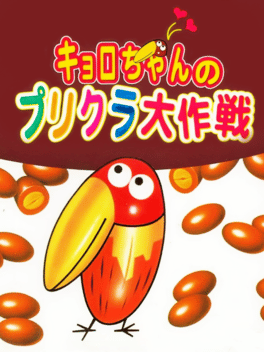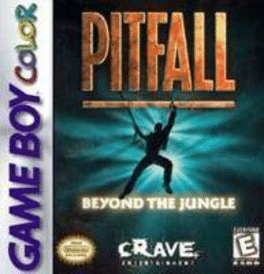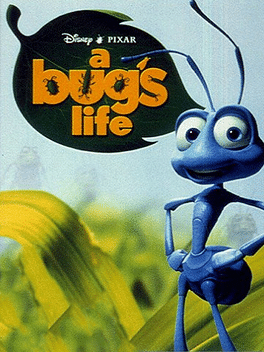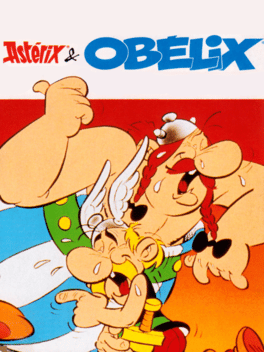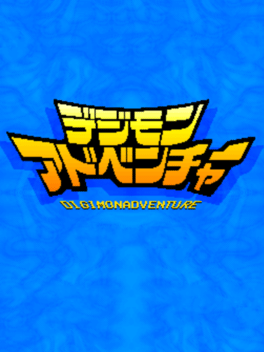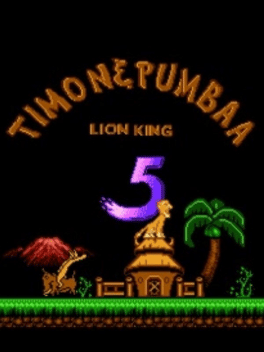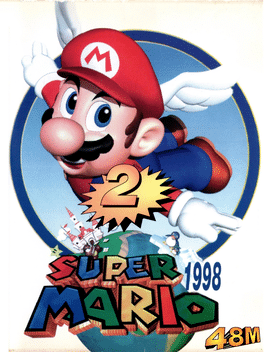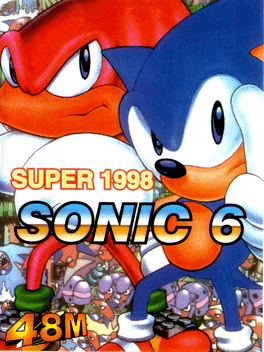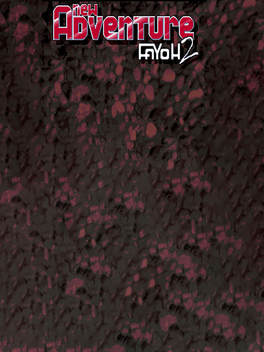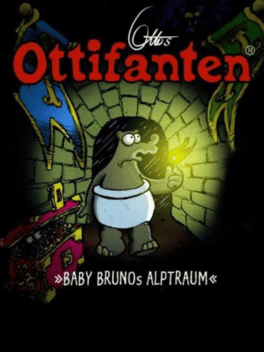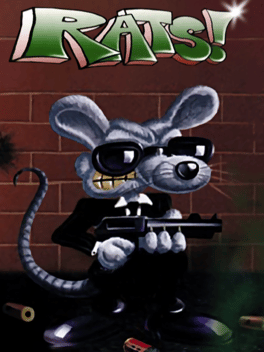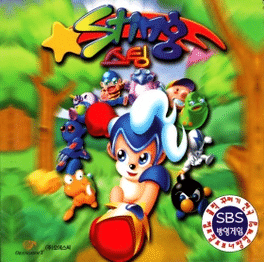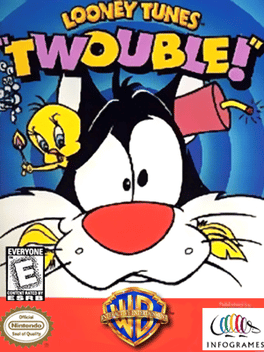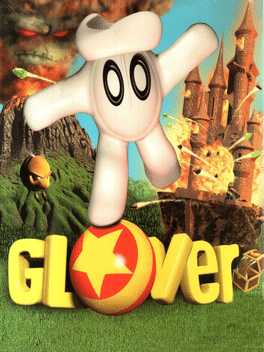New Ps2 Games - Page 196
-
Comet Summoner Time Trial Version
1999
Released in Disc Station Vol 22, Time Trial Version features additional levels. -
Kyoro-chan no Purikura Daisakusen
1999
Kyoro-chan no Purikura Daisakusen is an Action game in which the player controls the parrot in different levels. During those levels he will face different animal enemies: Like monkeys and other bizarre creatures. The player got different attack movement and even some special attacks when he finds different kind of balloons. -
Looney Tunes: Carrot Crazy
1999
Coming home after a long day at work, Bugs and Lola find their garden ransacked and all of their carrots stolen. Now the two must explore the Warner Bros. Lot to discover the identity of the carrot thief. You guide the bunnies through five worlds, collecting carrots that will allow the characters use special powers like the ability to walk on thin air and using their ears as a helicopter propeller. The two can also collect Super Carrots that will allow them to use their powers longer and Habanero Carrots that make them invincible. The player must switch between the Bugs and Lola to solve puzzles with each character's special skills. Try to find the carrot thief in Looney Tunes: Carrot Crazy. -
Pitfall: Beyond the Jungle
1999
An evil force known as Scourge is manipulating the Red Lucense in order to take over the jungle. Now it is up to Pitfall Harry Jr. to use the Blue Lucense to restore peace to the land. You control Harry as he battles through 15 levels that span jungles, volcanoes, prisons, and caverns. Each world has unique variations; for example, you have to swing from vines in the jungle stages, while using a pickaxe to battle scorpions and other monsters. For some additional help, Harry has quick reflexes to allow him to dodge bullets and jump over some of the bad guys. In addition to Harry's innate skills, there are power-ups scattered throughout the levels including extra lives, gold bars, crystals, and extra health. Help Harry restore peace to the jungle in PITFALL: Beyond the Jungle. -
A Bug's Life
1999
A Bug's Life
1999
Based on the Disney/Pixar 3D animated film, you must guide Flik as he sets out to find a group of warrior insects to help his colony of ants to fight off the hungry grasshoppers. Unlike the other versions of this game, the GBC version is a 2D side-scroller. You must guide Flik in finding parts for his inventions. Along the way, you must avoid other enemy insects, including the grasshoppers, or hit them with berries. -
Astérix & Obélix
1998
-
Gas Girl
1998
-
Digimon Adventure
1998
Digimon Adventure
1998
Digimon Adventure (aka Digimon) is a bootleg platformer for the SNES and Game Boy Advance based on Digimon. Digimon Adventure uses the same engine as Pocket Monster, thus the gameplay mechanics are the same. The game spans six levels, which include two boss fights. The only playable character is Agumon. The player can attack enemies by pressing A to shoot a fireball. Each level has a strawberry item that, once collected, transforms that the player into Greymon, who's fireball attack is much larger and stronger. Once the player loses all their lives, they're given a chance to continue, which seems to have no limit. The game steals nearly all of its graphics from numerous other sources. Of all the levels, so far the only identified source is the background from the last battle being taken from Castlevania Dracula X. The sound engine and music are also stolen from Bonkers for the SNES, which, like the game engine, is also used in Pocket Monster and Pokemon Gold and Silver. -
The Lion King V: Timon & Pumbaa
1998
The Lion King V: Timon & Pumbaa is a game released on the Famicom by Dragon Co. as a sequel to their first ever release, The Lion King III: Timon & Pumbaa. -
Super Mario Bros. 2
1998
Super Mario Bros. 2
1998
Super Mario Bros. 2 is a pirated port of the All-Stars version of Super Mario Bros. for the Mega Drive/Genesis, made by Gamtec in 1998. -
Sonic Jam 6
1998
Sonic Jam 6
1998
Sonic Jam 6 is a version of Super Mario Bros. 2 (the bootleg version) featuring Sonic instead of Mario. This version replaces the title screen with ported version of Sonic Jam's and includes a screenshot of the Sega Mega Drive version of Sonic 3D Blast's intro to overlap Mario's face on the level intro/status screen. However, his face wasn't removed in the bonus areas. -
A New Adventure: FaYoh 2
1998
Super Mario style platform game where a green rubber has to recover the stars scattered on various levels. -
Otto's Ottifanten: Baby Bruno's Nightmare
1998
Baby Bruno has had nightmare! A magician has dissolved his Teddy Honk and he may never be seen again. Only you can help him to rescue the teddy bear. But for that you need Baby Bruno to enter the mysterious cylinder, where you will face nasty traps, obstacles and enemies. Plunge into the adventure and "crack" one level after another: Hike through a secret forest where every tree is an obstacle. Enter a castle full of trickery and pitfalls - and press forward into the dungeon where Honk is trapped. -
Rats!
1998
-
Sting
1998
Sting
1998
Sting to the rescue! If you like avoiding the mainstream but love playing a good old fashioned platformer, then this difficult to find little game is well worth the effort it takes to track down. It's pretty much a straight knock off of platformers like Sonic, but it does so with charm, personality, and bags of entertainment. The story revolves around the adventures of a little blue hedgehog (Sonic's sister perhaps?) and finds her travelling through an array of colorful environments, although it's not entirely clear why this should be necessary. In classic platform fashion, she runs around, leaps a bit and dashes at the many enemies which litter her path. In similar style to the Kirby games, you can absorb the power of defeated enemies which comes in handy during later stages, while you can also throw rocks at the bad guys a la Super Mario Bros 2. There are also Sonic-style springboards and the environments you travel through are your standard cutesy platformer-type levels. Adventures of Sting is certainly not shy -
Gex: Enter the Gecko
1998
Gex: Enter the Gecko
1998
A conversion of the 3D platform title, this game features all the same levels shrunk down onto the Game Boy Color screen. Gex is sucked into his TV, and must explore all of the TV style levels, find the remote controls and save the world of television from Rez, who is planning to take over the world's TV networks, as well as return home. Each level is based on a popular TV genre, such as horror, sci-fi and comedy, and has mentions of well known programs and movies along the way. -
Looney Tunes: Twouble!
1998
The antics of two of your favorite Looney Tunes characters come to life in TWOUBLE for the Game Boy Color. In this single-player adventure you play as Sylvester, everyone's favorite hungry cat, in pursuit of his yellow songbird rival Tweety. TWOUBLE gives you two ways to play: in the first type of stage, you will attempt to catch Tweety in a fast-moving side-scrolling adventure. Duck, jump, and dodge through obstacles in your hunt for lunch. In the other type of level, you will control Sylvester in an isometric viewpoint, and you'll have to use your wits along with keys and other items to progress through these levels. Watch out for Hector, Granny, and other popular Looney Tunes characters in both types of levels, because they are dedicated to making poor Sylvester go home hungry. Will Sylvester finally catch Tweety Bird, or will he have to enjoy lunch from a garbage can again? With three difficulty levels and a password save system, TWOUBLE has more than enough action for fans of the cartoon duo and their wacky tr -
Glover
1998
Glover
1998
star 6.8Glover is a platforming video game featuring a magical, four-fingered glove named Glover in his quest to restore the Crystal Kingdom by retrieving crystals that were lost. -
Jazz Jackrabbit 2: Holiday Hare 98
1998
Holidays Hare '98 is a standalone release. It contains an extra three single player levels, a new boss and additional multiplayer levels. -
Small Soldiers
1998
Small Soldiers
1998
star 4.7This game based on the movie of the same name, it does not follow the story of the movie, instead focusing on the struggle of the Gorgonites to defend their homeland of Gorgon from the invading Commandos. This game is unrelated to the Game Boy and PC release of the same name.
